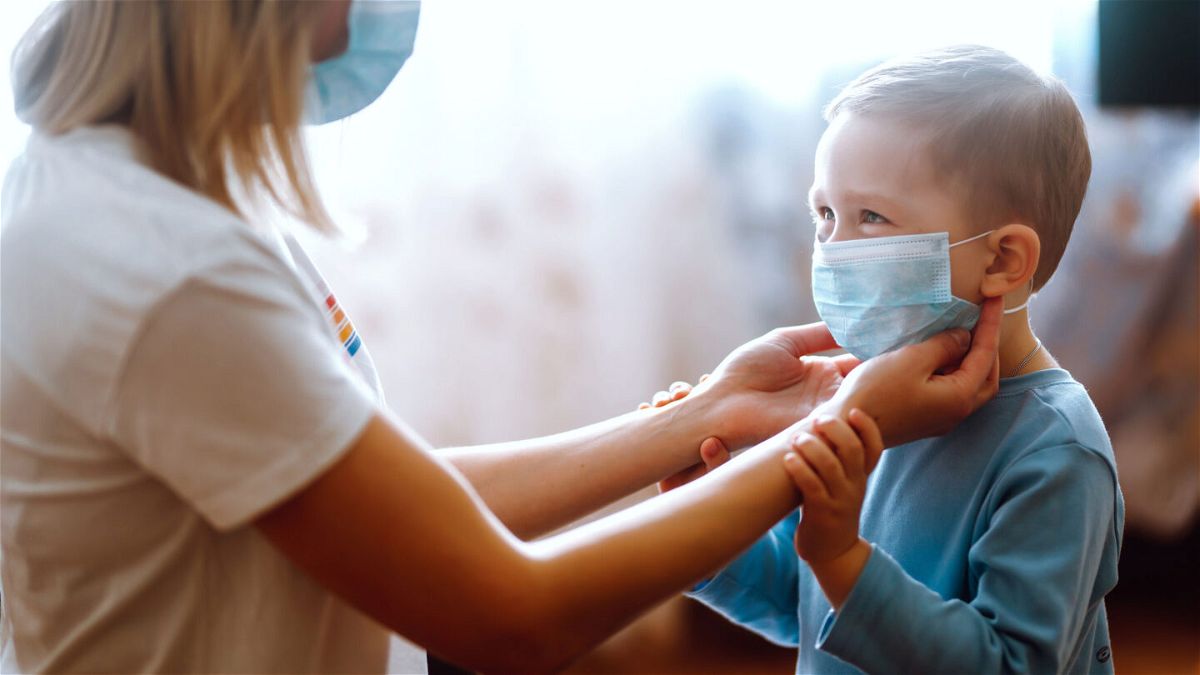Study finds children release fewer respiratory droplets and aerosols, a clue to understanding Covid-19 transmission

Children ages 8 to 10 put out about a quarter of the aerosolized particles as adults do when breathing
By Tasnim Ahmed, CNN
Children ages 8 to 10 put out about a quarter of the aerosolized particles as adults do when breathing, speaking and singing, according to a new study. The researchers suggest that the findings may be useful for making decisions about risk management in schools, but experts say the data explains only a small fraction of transmissibility among kids.
For the study, published Wednesday in the Journal of the Royal Society Interface, the researchers studied 15 children between the ages of 8 and 10 and compared the rates at which they emitted particles for various vocal tasks with the emission rates of 15 adults. They measured the number of particles emitted over time as well as the volume of particles emitted over time.
According to Linsey Marr, professor of civil and environmental engineering at Virginia Tech, it’s not clear which metric — number or volume of particles — is most important in assessing viral transmission, but experts believe that a higher volume is linked to a higher viral load. Marr was not involved in the new research but has studied how SARS-CoV-2 can be transmitted through the air.
The researchers found that overall, children emit particles at a lower rate and a lower volume than adults. However, there was no significant difference in the volume of particle releases between the groups when it came to shouting.
The study found that children are also, on average, less loud than adults, which partially accounts for the difference in observed aerosolized particle emission between the groups.
Dr. Pedro Piedra, professor of molecular virology and microbiology and pediatrics at Baylor College of Medicine, who also was not involved in the study, told CNN that the results may partially be explained by differences in respiratory anatomy between children and adults. For example, children have smaller lung sizes and shorter vocal cords.
Studies have shown that children have only slightly lower — and probably clinically insignificant — Covid-19 viral loads than adults. Yet children are less susceptible to infection and more likely to be asymptomatic. Respiratory emissions are one aspect to understanding transmission.
“In the context of a pandemic, kids on average release fewer respiratory droplets and aerosols than adults do, and may be less likely to transmit [Covid-19],” Marr told CNN. However, she also cautions that there is a lot of variability in particles emitted from person to person, “so even though on average kids emit less, a high-emitting kid still emits more than a low-emitting adult.”
Piedra said that the main difference between children and adults is their disease severity with Covid-19.
“When you think about transmission dynamics, there are multiple things that come into play. If you think about risk for severity of disease, that is quite different from transmission dynamic or infectivity,” he said. “I would not use this [study] to explain the differences in severity of disease.”
As states weigh decisions on lifting school mask mandates, Piedro says it’s important to “not let down our guards and say that masking is not needed.” Even though children “may not be able to generate the same energy in their voice for emission of small particle aerosols, they’re still very efficient transmitters,” he said.
The-CNN-Wire
™ & © 2022 Cable News Network, Inc., a WarnerMedia Company. All rights reserved.